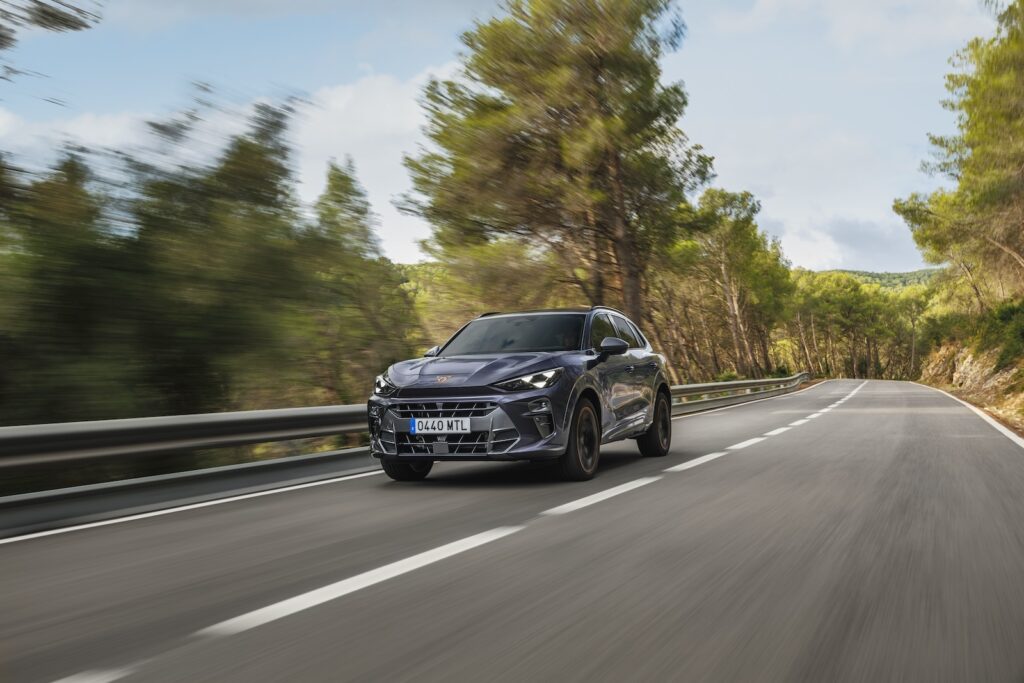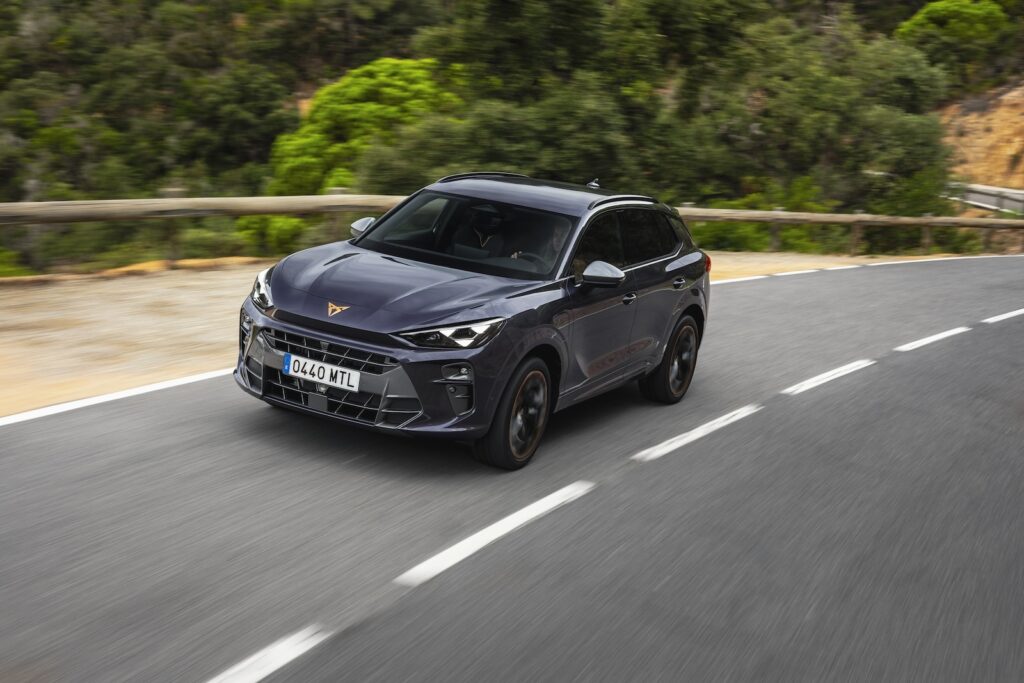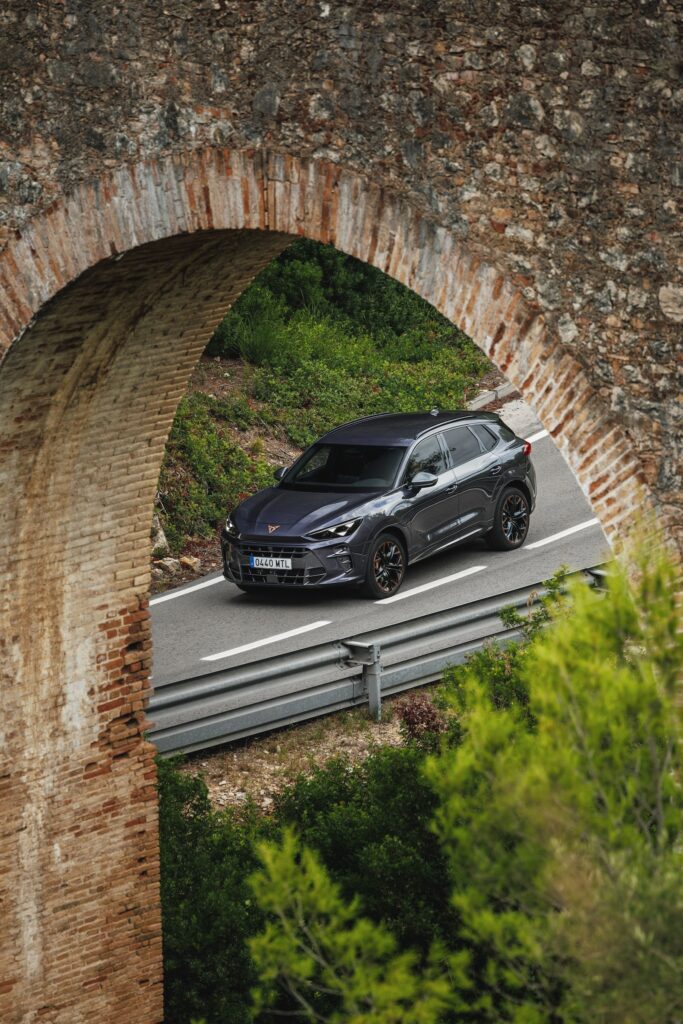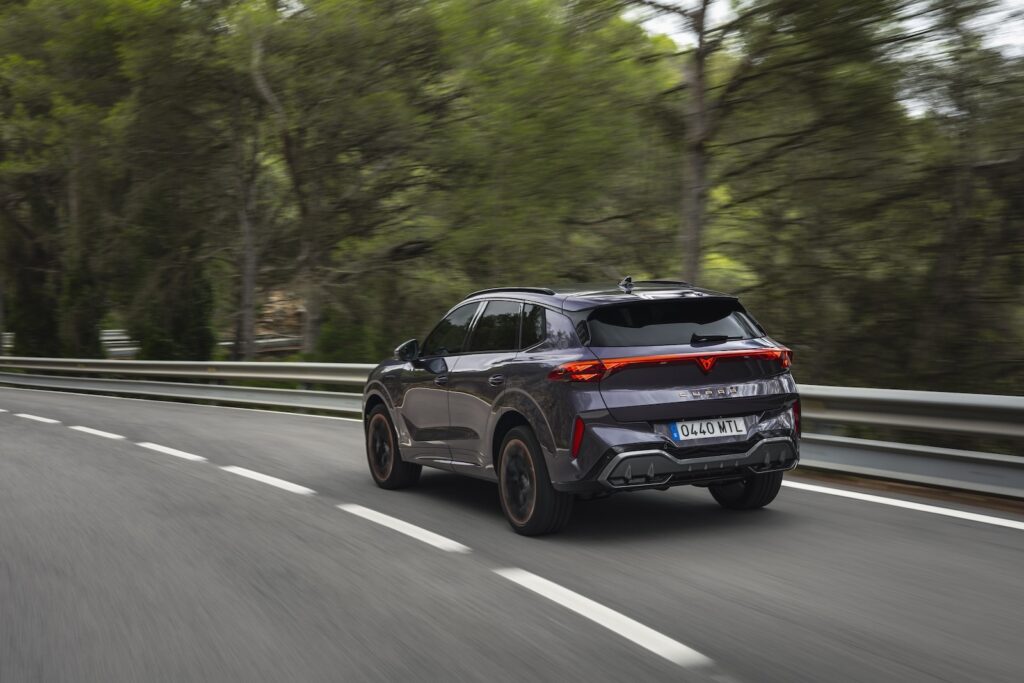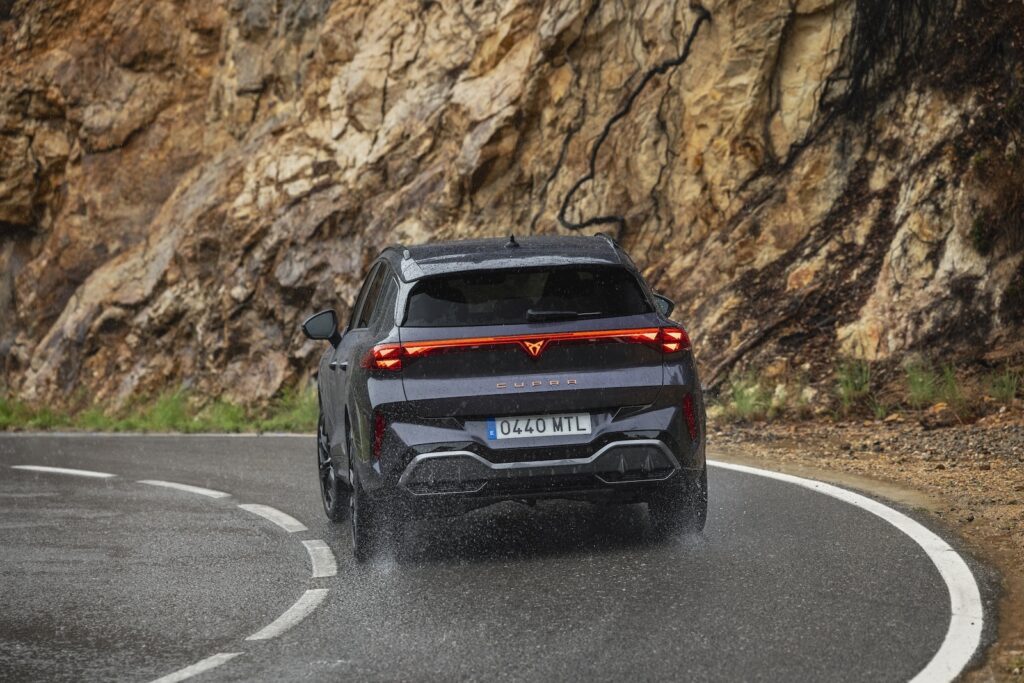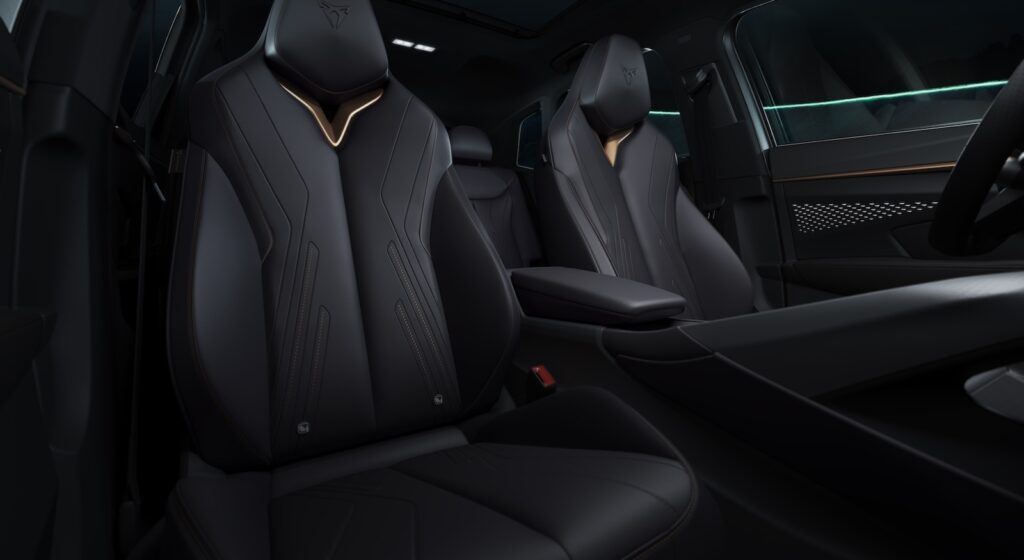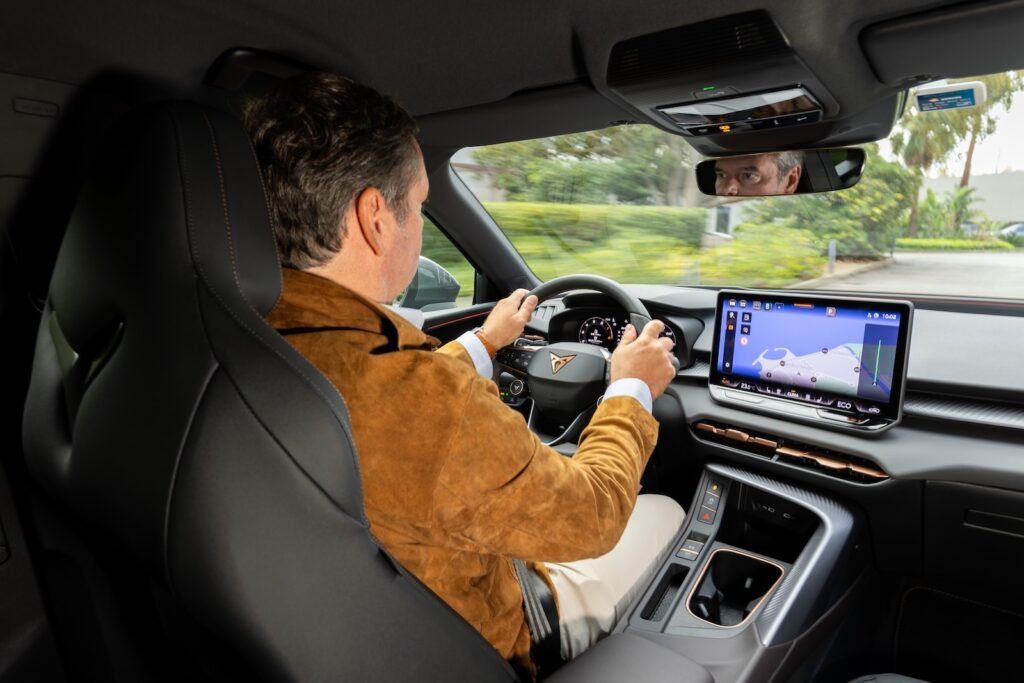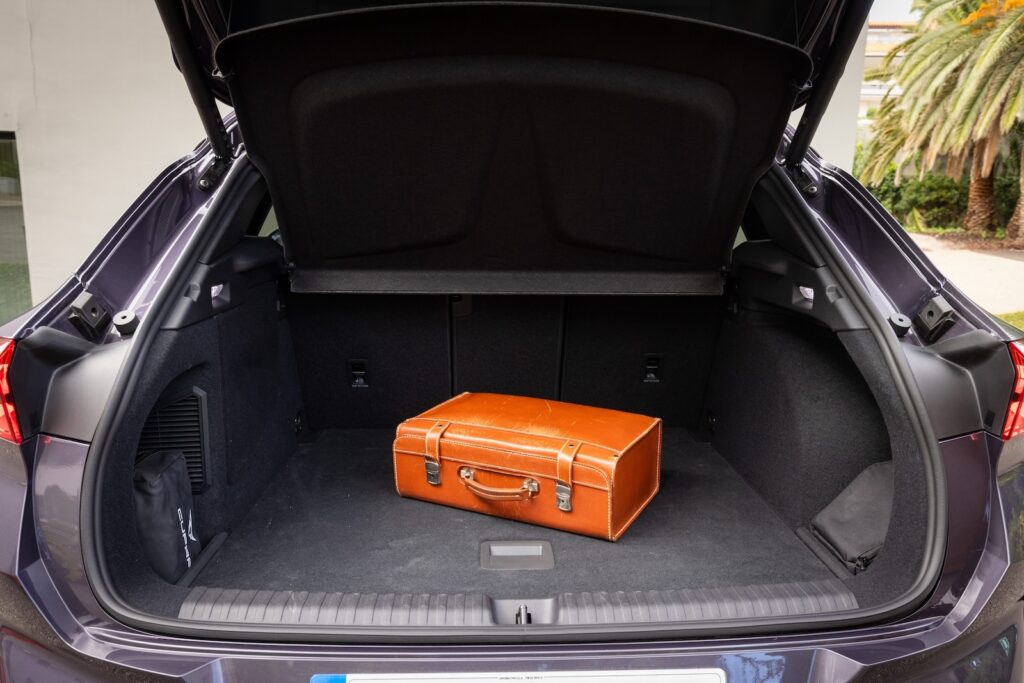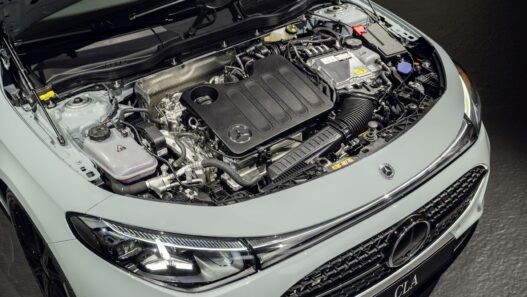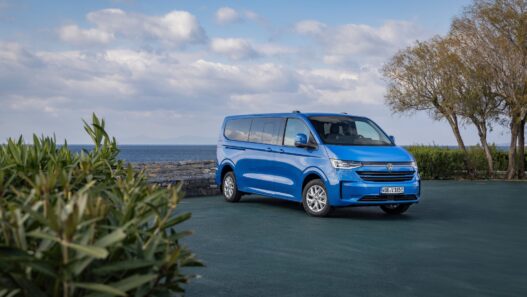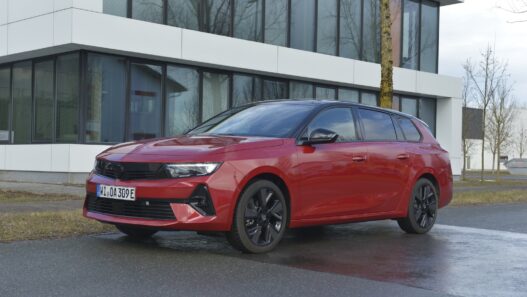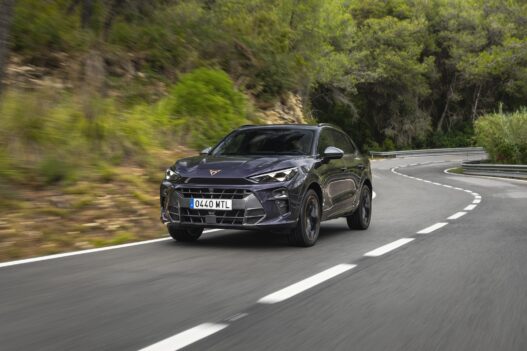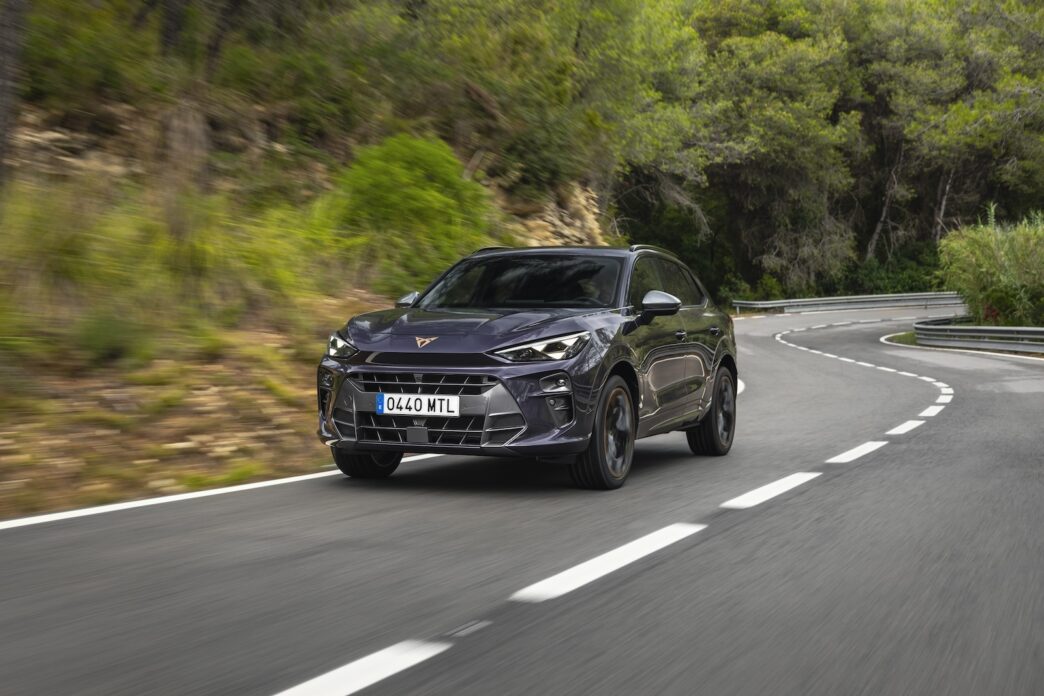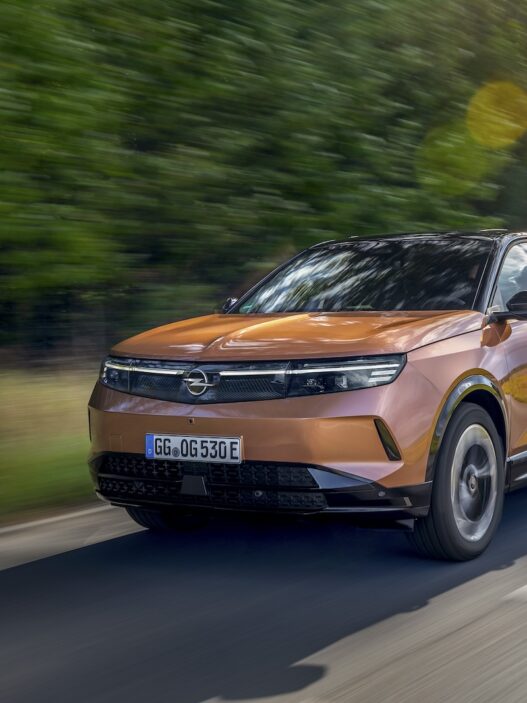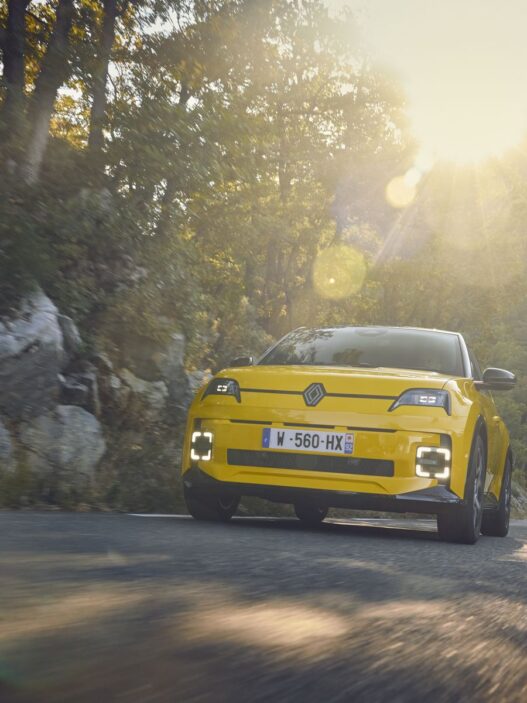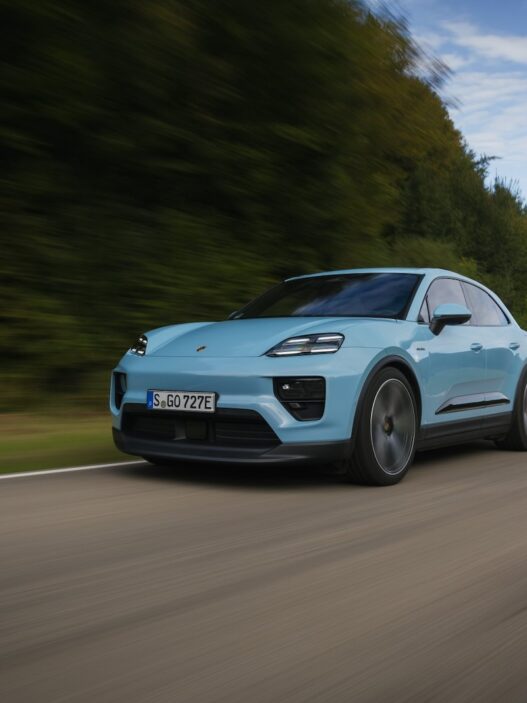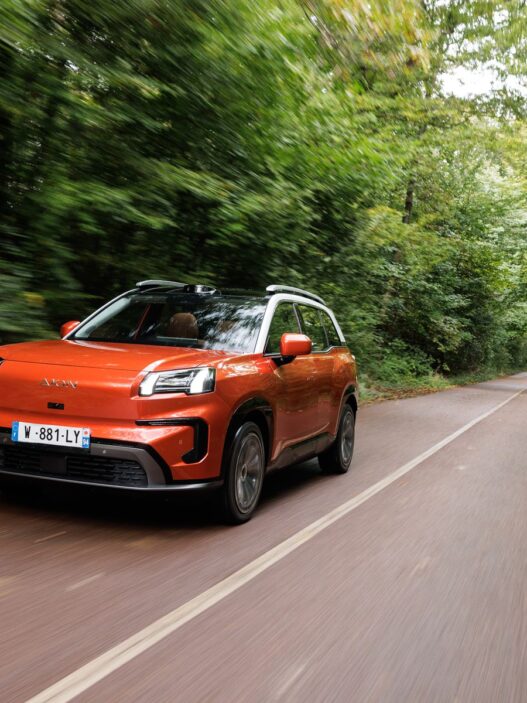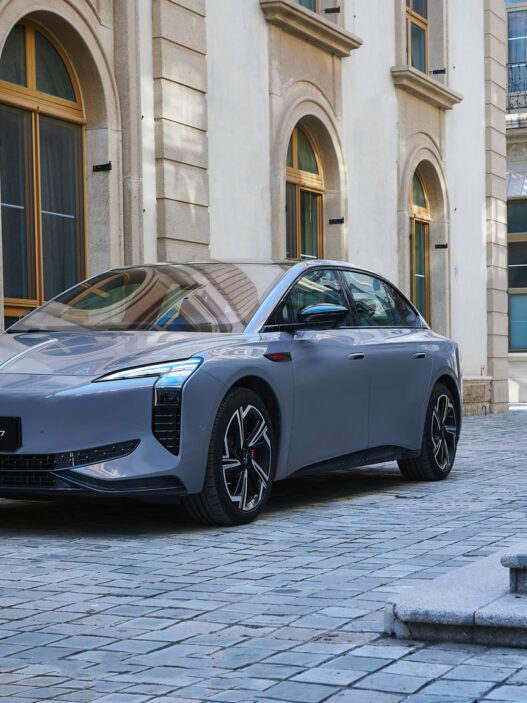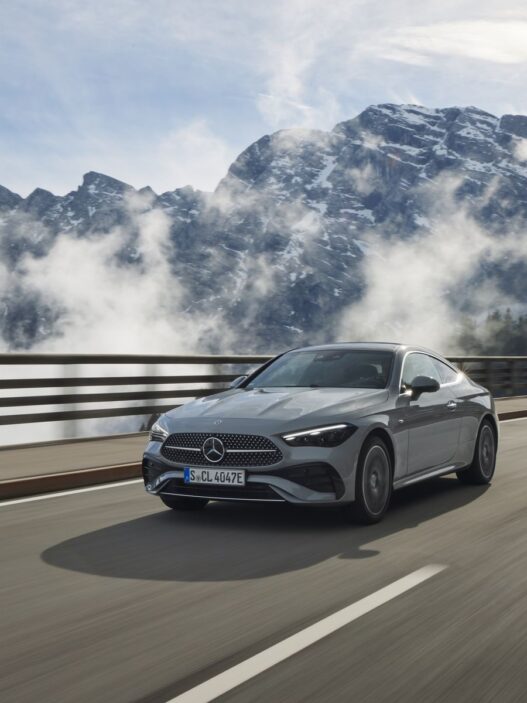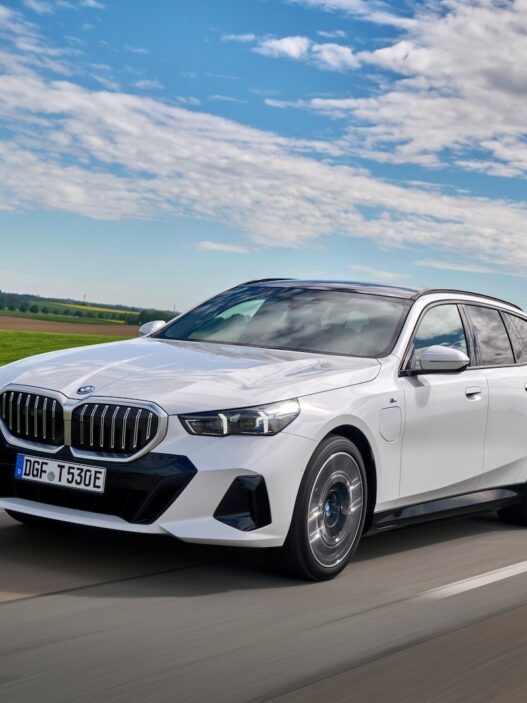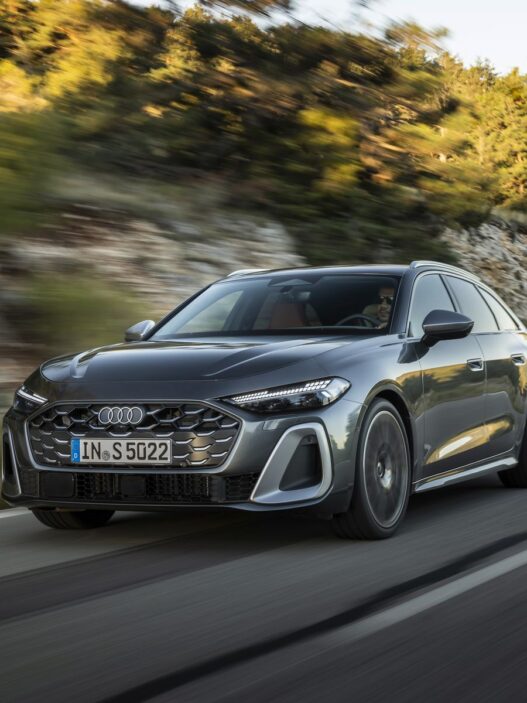Cupra is launching yet another mid-sized SUV, the Terramar, set to battle with its siblings Ateca and Formentor for the attention of design-conscious customers. While it shares a lot in common with these models, Cupra hopes the Terramar will appeal to a slightly different crowd.
Another New SUV Enters the Chat
On one side, you’ve got the well-established Ateca, a slightly aging SUV that’s 11 centimeters shorter than the new Terramar. It will continue to be sold as both a Seat and a Cupra until 2026. Then there’s the Formentor, which shares its platform with the Leon but also competes in the same SUV segment. Enter the new Cupra Terramar, slotting into a gap that seems to barely exist. Built on the same MQB-Evo architecture as the Audi Q3, and manufactured in the same Hungarian factory in Györ, the Terramar doesn’t stand out in many ways except for slight differences in size and features. It’s 6.8 cm longer, 2.4 cm wider, and 6.4 cm taller than the Formentor, and boasts a 90-liter larger boot space. Priced from €43,020, it’s only about €1,000 more expensive than its sibling.
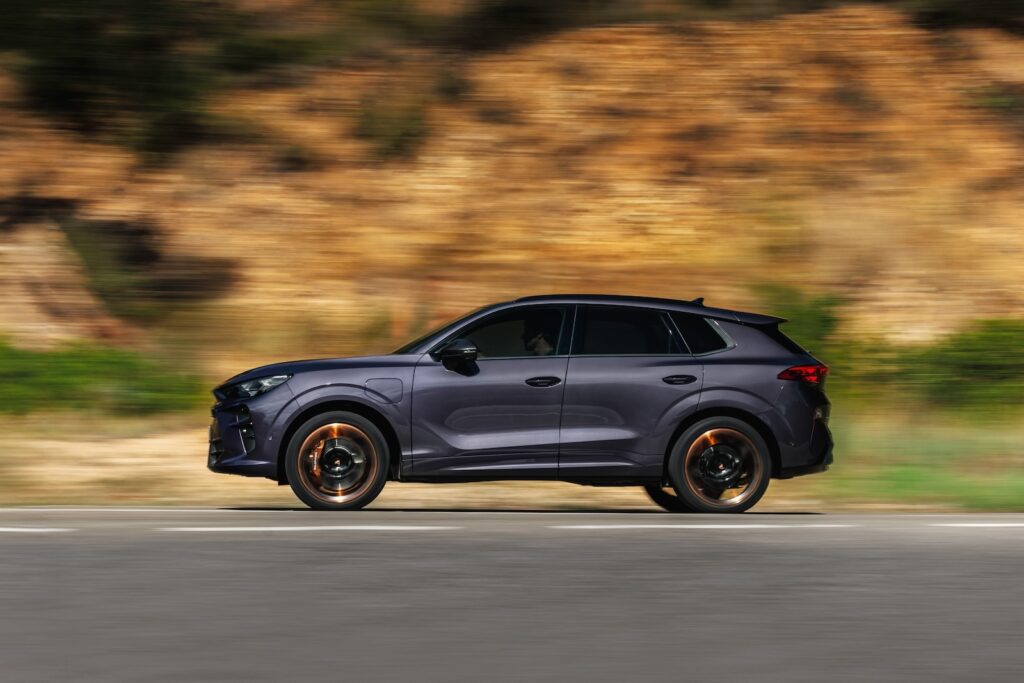
At launch, the Terramar comes with power options ranging from 150 to 272 PS, all paired with a six- or seven-speed dual-clutch transmission. However, much like the Formentor, there’s no all-wheel drive version for the plug-in hybrid (PHEV). The hybrid version sees its boot space drop from 642 to 490 liters due to the battery storage in the underfloor. The eHybrid pairs a 1.5-liter four-cylinder gasoline engine producing 130 kW (177 PS) and 250 Nm with an 85 kW (116 PS) electric motor for a combined output of 200 kW (272 PS) and 400 Nm. On electric power alone, it can cover up to 120 kilometers. The 19.7 kWh battery can be charged via AC (up to 11 kW) or DC (up to 50 kW). By mid-2025, two additional 204 PS Terramar versions will follow—one with a gasoline engine and another PHEV.
Designed for Agility and Style
Cupra aims to give the Terramar a sporty and agile driving experience. All versions come with a standard sport suspension and progressive steering, while the top models offer adjustable damping. The high-performance VZ versions (272 PS e-Hybrid and 265 PS TSI) can also be fitted with an Akebono braking system, featuring six-piston calipers up front and 375 mm brake discs. Drivers can select from several driving modes—Comfort, Performance, Cupra, Offroad, and Snow (for all-wheel-drive models)—via the central console. The digital cockpit includes an informative head-up display and a 12.9-inch touchscreen, providing intuitive control over various vehicle functions. While not class-leading, the system is simple to use and spacious enough for most drivers.
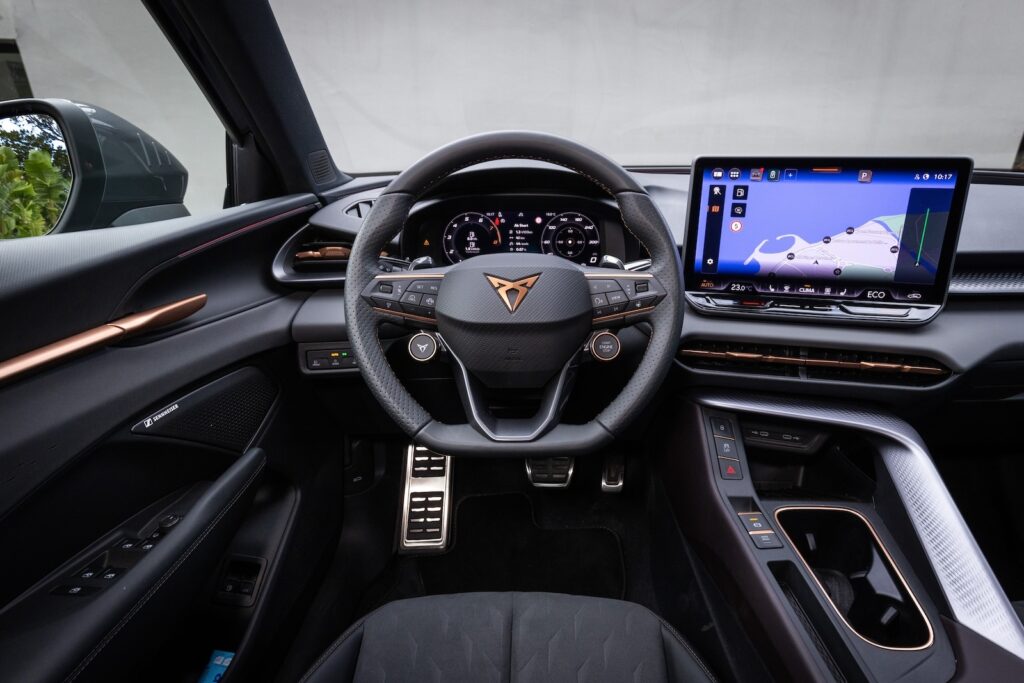
The quality of the interior benefits from its Audi Q3 roots, with soft-touch surfaces on the dashboard and door panels, while double-glazed front windows help keep the cabin quiet. The seats provide adequate lateral support, and there’s plenty of room for four adults. However, despite the sliding rear bench, it can be a tight squeeze for a third passenger in the back.
On the Road: Balanced but Could Be Better
Once in motion, the Terramar impresses with its direct steering, offering good feedback from the road. However, the distinction between the three driving modes could be more pronounced. For most drivers, the Normal mode will be the best choice, as the wide 255 mm tires make it unnecessary to switch to the Performance or Cupra modes unless the roads are perfectly smooth. These settings can make the ride feel bumpy on rougher surfaces.
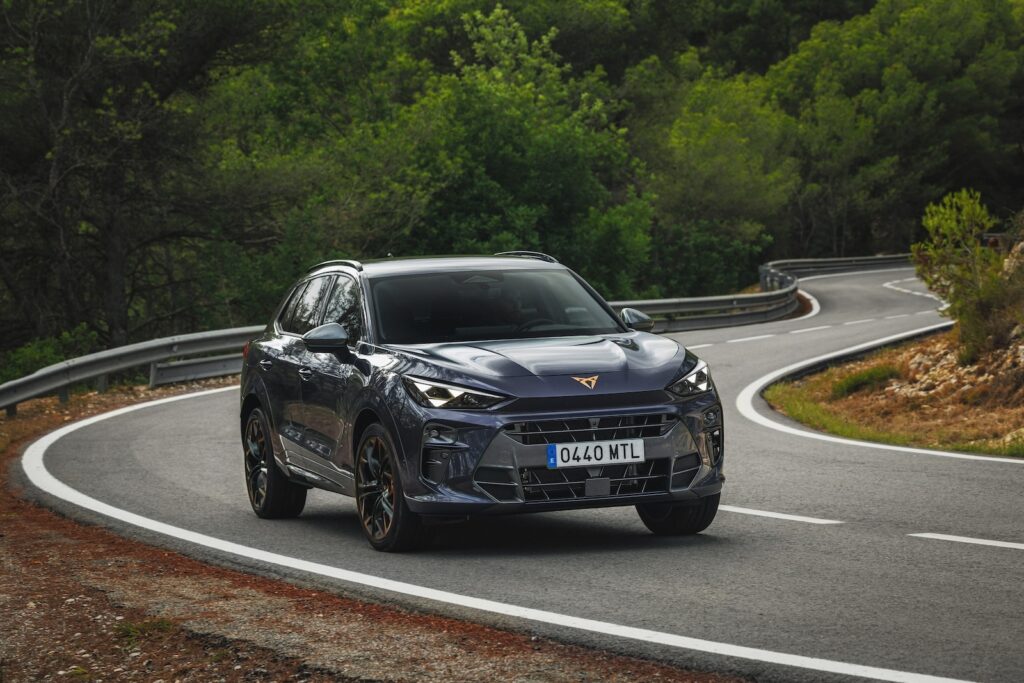
The Terramar VZ eHybrid delivers strong performance, especially with its full 400 Nm of torque available from just 850 RPM. This gives the nearly two-tonne front-wheel-drive SUV plenty of pull, though the top speed of 215 km/h might feel underwhelming for a hybrid with so much power. Even so, it cruises comfortably at highway speeds, and its electric range of up to 120 kilometers makes it a practical option for daily commutes.
Technological Excellence Meets Practicality
Inside, drivers are treated to a tech-forward environment. Alongside the digital instrument cluster and head-up display, the 12.9-inch central screen handles most of the vehicle’s functions. Though not class-leading in its resolution or graphics, it’s responsive and functional. The perceived quality of the materials, particularly the soft-touch finishes and the double-layered glass, contributes to a refined cabin atmosphere.
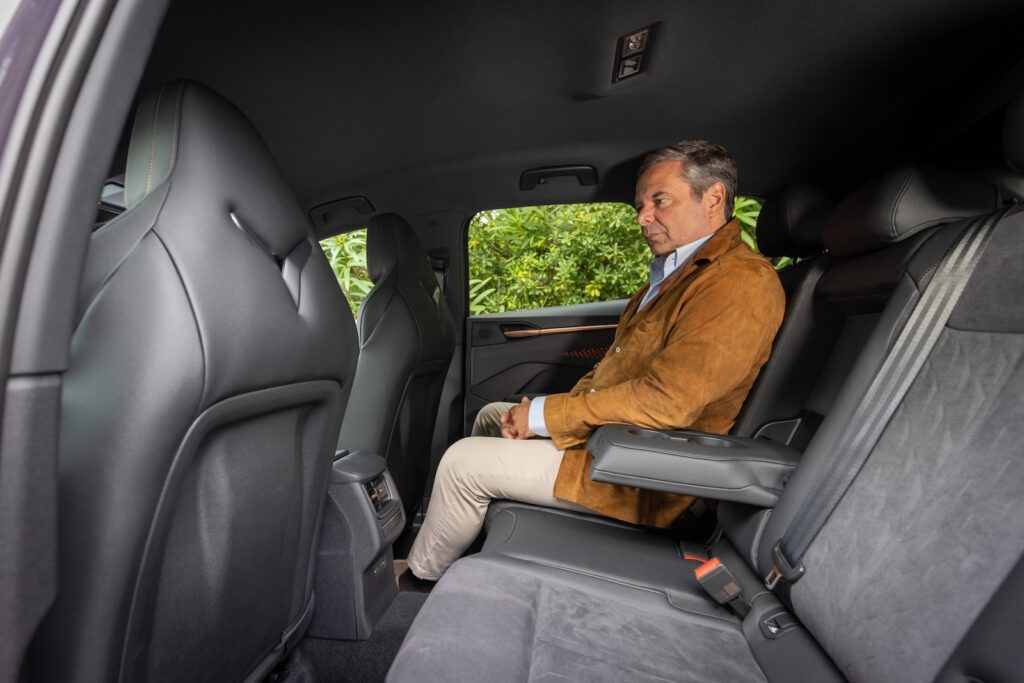
In terms of practicality, the Terramar offers up to 1,545 liters of cargo space when the rear seats are folded flat. It’s a versatile SUV that’s as well-suited to weekend getaways as it is to urban commuting. Cupra has ensured that the Terramar strikes a balance between performance, practicality, and a reasonable price tag.
Verdict: A Competitive Addition to Cupra’s Lineup
The Cupra Terramar VZ eHybrid is a compelling choice for drivers who want a sporty SUV with plug-in hybrid capabilities. While it shares much with its sibling models, the Terramar carves out its niche with slightly more space, a refined interior, and a tech-forward driving experience. Whether you’re after performance or efficiency, the Terramar offers both in a sleek, modern package.
Technical Data: Cupra Terramar VZ eHybrid
- Engine: 4-cylinder gasoline with electric motor
- Displacement: 1,498 ccm
- Power: 200 kW / 272 PS @ 4,750-6,500 RPM
- Max torque: 400 Nm @ 850-4,750 RPM
- Top speed: 215 km/h
- 0-100 km/h: 7.3 seconds
- Fuel consumption: 0.5 liters / 100 km / 12 g CO2
- Weight: 1,905 kg
- Transmission: Six-speed automatic DSG
- Drive: Front-wheel drive
- Battery capacity: 25 kWh (gross), 19.7 kWh (net)
- Electric range: Up to 120 km
- Price: €56,310
